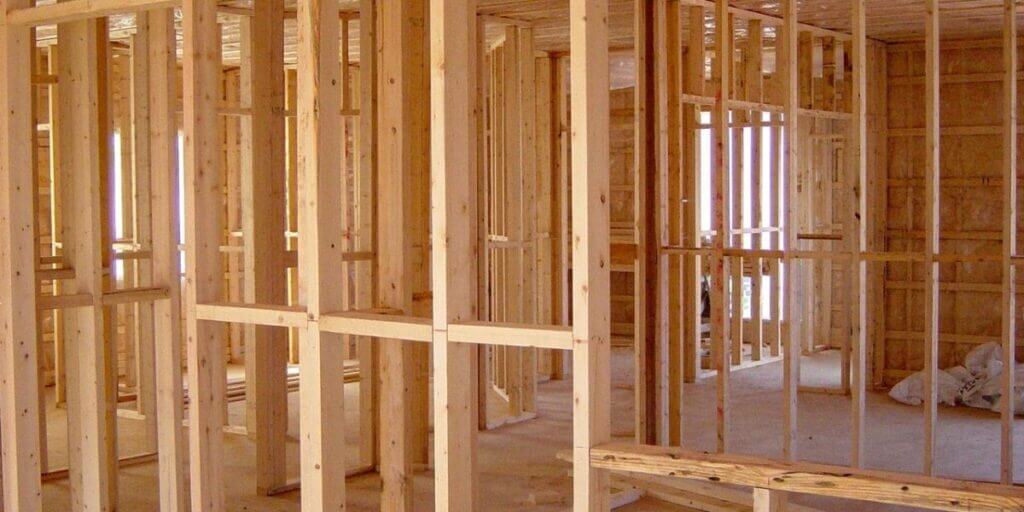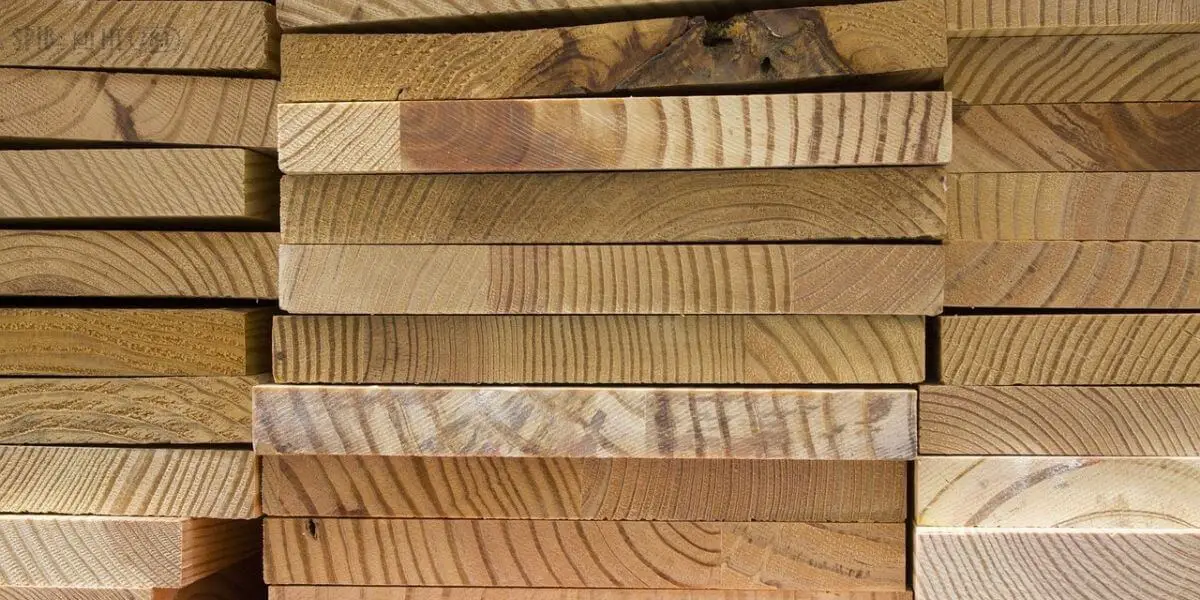J grade Lumber comes from SPF (spruce-pine-fir) softwood species. SPF wood is found in the forests of Canada but is in high demand in the Japanese market. It is called SPF because these woods have similar characteristics of spruce, pine and fir.
This grade comes in white and bright in appearance and this grade has minimal defects. Because of this, it is in great demand around the world.
| Species | SPF (Spruce-Pine-Fir) |
| Moisture Content | Kiln Dried |
| Origin | Canada |
| Common Length | 6′ to 20′ |
| Common Width | 4′, 6′, 8′, 10′ and 12′ |
| Thickness | 1 “& 2” (19mm, 38mm) |
| Grade | J-Grade |
J Grade Lumber Uses

J-grade lumber is in demand in many applications across the world. Due to its light weight, it is mainly used for supporting construction and many other residential, commercial, agricultural and industrial constructions.
J–Grade is used to make platform-frame construction as well as being sold in some of the largest DIY stores in Japan. The j grade has small and tight knots and a clear, bright appearance, so it gives an amazing look. Despite being knots, it does not make this wood weak.
Why J Grade Lumber?
Most people prefer houses made of A-grade materials because A-grade wood is of high quality and has a longer lifespan. They are easier to work with and give a better finish, but this does not mean that the entire wall should be covered with A-grade wood, as it can be very expensive.
The good homeowner is of the opinion that “a particular wood species should be used for a particular space.”
A house made of A-grade wood lasts for about 100 years. While a house made of J grade lasts for about 38 to 40 years or more, it all depends on the maintenance.
In Japan, half of all houses are demolished within 38 years, while in the United States within 100 years. Because most homes in the United States are built from A-grade lumber. There is no pre-owned market in Japan due to the shortage of homes.
Nevertheless, J-grade lumber is suitable for Japan because J-grade lumber has a high strength/lightweight combination, making it a better choice for an earthquake-prone country.
SPF wood is an ideal choice for general interior and exterior applications. J-grade lumber is perfect for Japan because it meets all their needs.
Advantage of J Grade Lumber
Appearance: J grade lumber is almost white or yellowish-white in color. The advantage of light wood colors is that they make a space feel larger than it actually is.
Durability: J-grade lumber is stronger and more durable than many softwood, but the wood must be well sealed before we use it outdoors, to avoid being affected by bad weather.
Easy to work with: J grade wood is relatively easy to work with hand and machine tools. After all it is a softwood which has low density. It has excellent adhesive properties and finishes well.
Disadvantage of J Grade Lumber
Expensive: Generally, J-grade lumber is a expensive choice other material so, it is not a great choice for budget-friendly projects.
The Market of J Grade Lumber
J-grade lumber originates mostly from Canadian forests and is supplied around the world, so its price is high due to limited availability.
The National Lumber Authority (NLGA) is the organization responsible for establishing, issuing, publishing, amending and interpreting Canadian lumber grading rules and standards.
J-grade lumber is commonly available in the following sizes: 2×3, 2×4, 2×6, 2×8, 2×10, and 2×12. Length is 6′ to 20′. But sometimes manufacturers also provide sizes as per customer requirements. Due to the high-quality standards and dimensional lumber grades, SPF J grade constructors prefer to use this grade as a construction material.
Read Other Articles


Comments are closed.